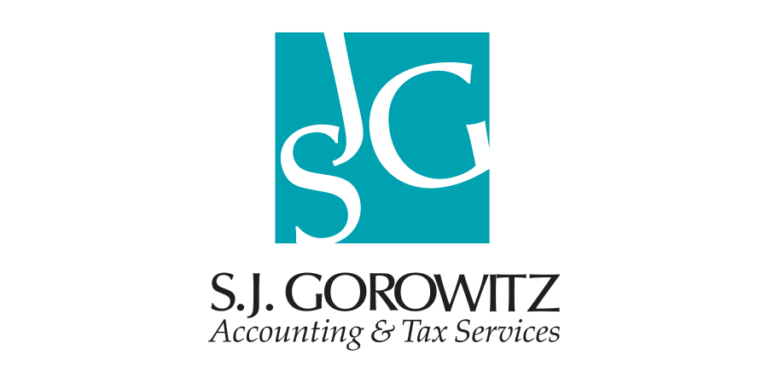The right entity structure doesn’t just determine how you’re taxed. It shapes how capital flows, how profits are distributed, how much liability you carry, and ultimately, how well your business supports the mission you care about most. When your business is driven by more than profit, i.e. when it’s built around impact, mission, or legacy, the decisions you make about structure matter even more.
What is an entity structure and why it matters
An entity structure is the legal framework under which your business operates. Common types include sole proprietorships, partnerships, LLCs, S corporations, and C corporations, each with different rules around taxation, liability, governance, and growth potential.
It’s one of the first decisions a business owner makes, but it shouldn’t be a one-and-done choice. As your business evolves, especially if it’s driven by purpose, the structure that served you at launch might now be costing you money, limiting your flexibility, or creating tax inefficiencies without you even realizing it.
Signs your structure could be leaking value
Many businesses lose value each year simply because their entity type no longer matches their growth goals. Here’s how to know if yours might be one of them:
- You’re overpaying in taxes: Certain structures are taxed more heavily than others, and if your revenue or profit levels have changed, you may no longer be optimized.
- You’re limiting reinvestment: Some entities make it harder to retain earnings or reinvest in future growth without significant tax consequences.
- You’re exposed to unnecessary risk: Liability protection varies widely across entity types and what protected you as a startup may not be enough now.
- You’re planning for impact or succession: If legacy, charitable work, or generational wealth transfer is part of your vision, your structure should support those goals – not make them more complicated.
Alignment is the key
For purpose-driven businesses, structure is strategy. It’s about creating alignment between your mission and your money, ensuring that every dollar earned, reinvested, or given away flows through the most effective channels. That means thinking beyond tax season and asking bigger questions:
- Does this structure reflect the scale and scope of where we’re headed?
- Is it supporting the financial health of the business or draining it?
- Does it create room for legacy planning, charitable initiatives, or ownership transitions down the line?
How we help
At SJ Gorowitz, we specialize in helping mission-led businesses structure themselves for both impact and efficiency. Whether that means reassessing your current entity type, exploring a restructuring strategy, or planning for long-term succession, we work with you to ensure your financial foundation is as strong as your purpose.
The bottom line: A business structure isn’t just a legal formality – it’s one of the most powerful tools you have to build sustainability, amplify impact, and stop value from leaking away.
Enjoyed this article? We share more practical advice and financial guidance on LinkedIn. Follow us to keep your business aligned and thriving.
























